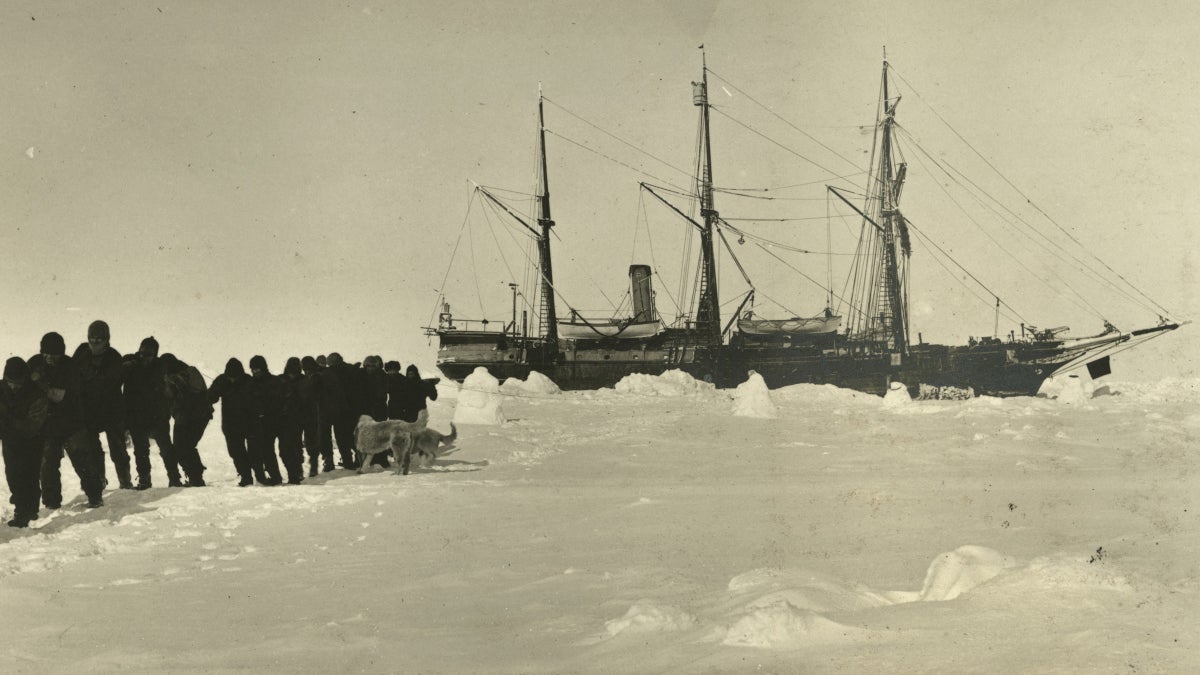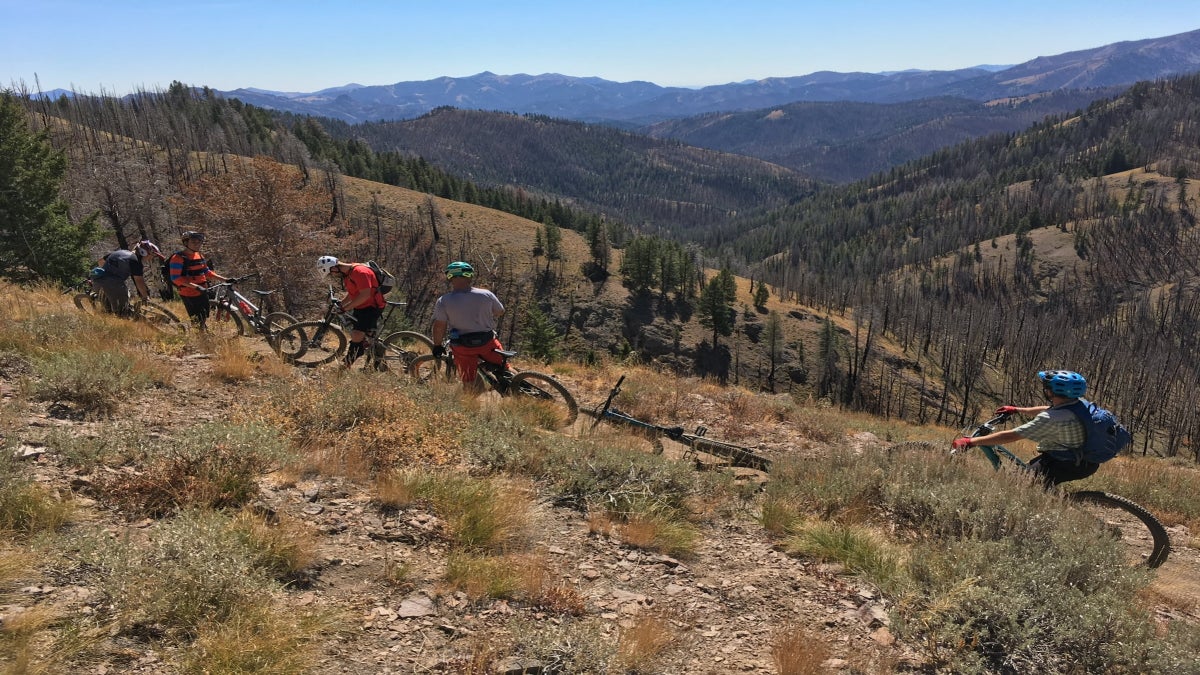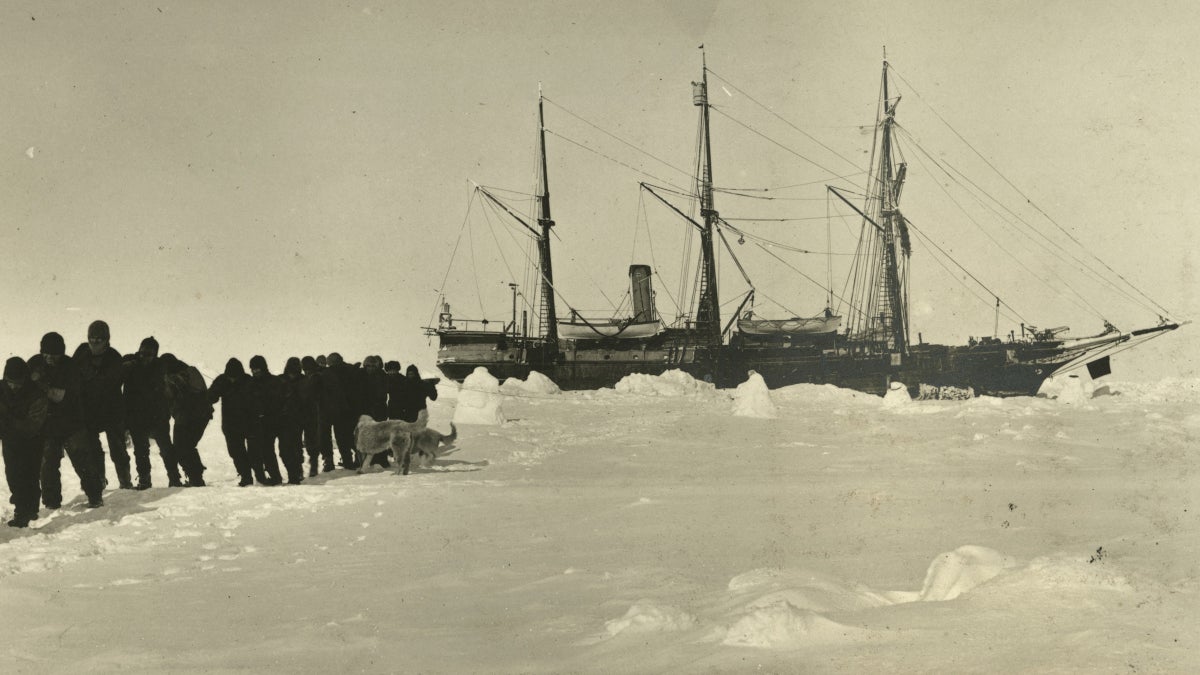
It isn’t every day hat the most famous story of human survival gets an update.
But the century-old tale of the Shackleton Expedition—you know, one in which marooned sailors survived off of seal steaks for 589 days—has now received two major addenda in just three years.
The first came in 2022, when scientists aboard a research vessel located Shackleton’s ship, Endurance, at the bottom of the Weddell Sea, nearly 107 years after it was crushed by ice off the coast of Antarctica.
The second occurred on Monday, October 6, when some of the researchers from the 2022 journey published a study on the ill-fated ship in the publication Polar Record.
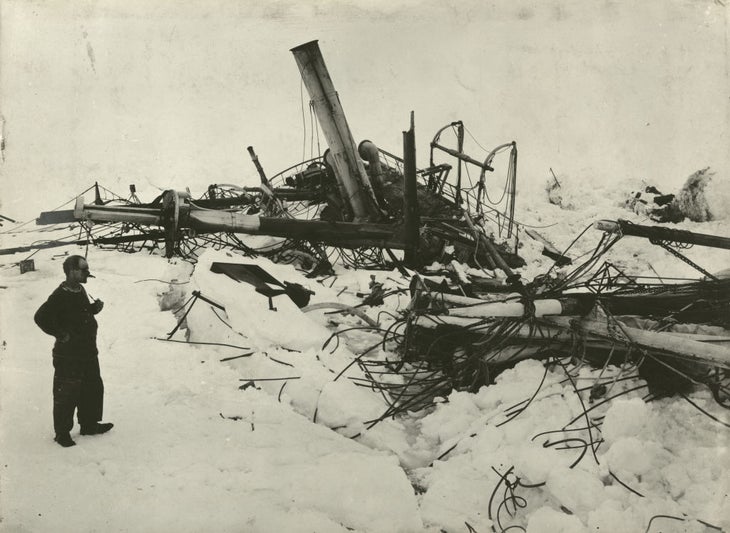
Using underwater images of Endurance’s crushed hull—which has been preserved by the frigid water—as well as analysis of historic documents, the team concluded that Endurance wasn’t sturdy enough to survive the sea ice it encountered during the fateful journey. And Shackleton knew about it, they say.
“Endurance was not designed for compressive conditions in the Antarctic pack ice, but for easier conditions at the ice edge in the Arctic,” the study reads. “It is also evident from archive research that Shackleton was well aware of the weaknesses of Endurance even before his expedition set sail for Antarctica.”
The finding pokes a proverbial hole in the long-held belief that Endurance was among the strongest craft of its day, but was undermined by a weak section of its hull near the rudder.
Does this update change the sheer impossibility of the Shackleton ordeal? Will it change the way the story resonates with readers for generations to come? I have my doubts.
But the update may tweak the mainstream understanding of the man at the heart of the ordeal—and the fateful decision he made.
Why We Love Shackleton
I’m a Shackleton fan, and over the years, have read several books and watched multiple documentaries on the expedition. No, I’m not immersed enough in the material to argue ship design and maritime decorum of the early twentieth century. But I do know why the Shackleton story grabs ahold of people all this time later.
People love this story because it includes elements of heroism, adventure, exploration, and leadership. Read one of the many books chronicling it, and you, too, will place yourself in the shoes of Ernest Shackleton, and wonder how the hell you’d navigate the twists and turns.
It’s the type of tale that persuades adults to cosplay as Victorian-era explorers and attempt to navigate a small boat in rough seas.
For those unfamiliar with Shackleton, a quick primer. In 1914, British explorer Ernest Shackleton led an expedition to complete the first land crossing of Antarctica. He and his crew set sail from England aboard Endurance, a Norwegian ship that was built to withstand the perils of Arctic sea travel—namely, the massive blocks of floating ice (more on that later).
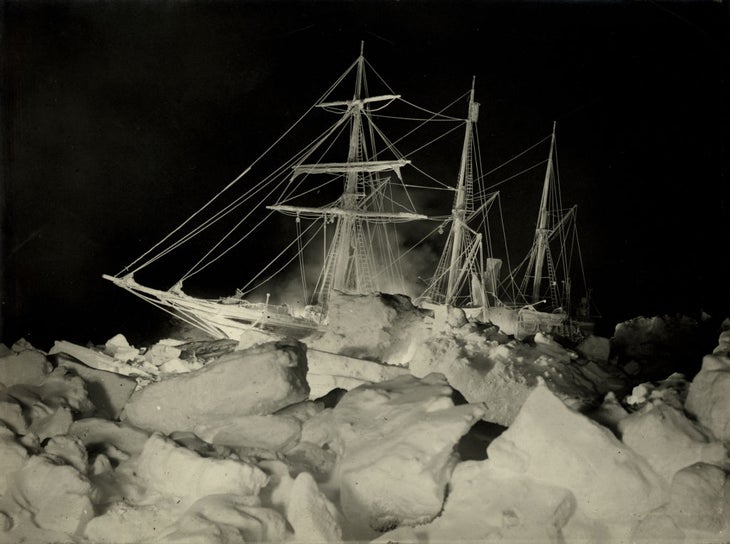
Off the coast of Antarctica, Endurance became trapped by drifting pack ice—giant icebergs that form in the fall and winter. The ship remained stuck there for nearly eight months, until the fateful day when the pressure from the ice crushed it like a beer can in a hydraulic vice.
The crew spent the next five months living on the ice, eating seals and the sled dogs they had brought for the trip. But in the spring, the ice melted, forcing the crew to jump into their lifeboats and sail to a tiny island.
On the island, the crew found more seals to eat, but no way to call for help. So Shackleton and two others sailed one of the lifeboats, the James Caird, across 800 miles of ocean to South Georgia Island, where they then hiked across the frozen and mountainous interior to reach a whaling station. They launched a rescue mission, and 25 months after leaving England, everyone was rescued.
There are a ton of various twists and turns that I yada yada’d, of course, but you get the drift.
The Flaws of Endurance
The author of the Polar Record study is Jukka Tuhkrui, a Finnish ice researcher and naval architect who was part of the 2022 trip to discover the wreck of Endurance. His report is long and thorough, and I recommend that any Shackleton completist read it from start to finish.
For those looking for the condensed version, here are the highlights. While plenty of Shackleton books have portrayed Endurance as one of the world’s strongest Arctic ships at the time, it simply was not.
The deck beams and frames were weaker than those of other Arctic ships made during that era, the study concludes. There were no diagonal support beams to strengthen the hull in key areas. The compartment that housed the engine was longer than that of other ships—another design flaw that made it susceptible to squeezing.
These defects became apparent when the massive floes of sea ice trapped the ship and began pushing on it from all directions. Some vessels of that era were built to withstand this type of grinding pressure. But Endurance simply was not, researchers say.
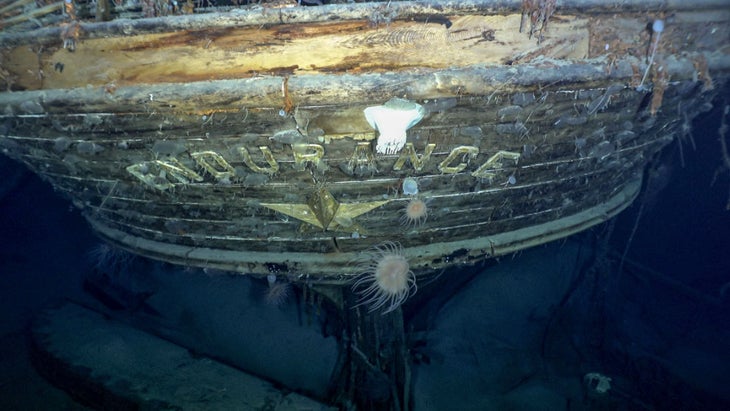
“Not only does this challenge the romantic narrative that it was the strongest polar ship of its time, but it also belies the simplistic idea that the rudder was the ship’s Achilles’ heel,” Tuhkuri said in a statement.
Tuhkuri’s research includes letters from crew who described the ship’s sad demise. Endurance wasn’t crushed all at once, but instead ground down into a twist of wood and metal over the course of several weeks, like a rabbit in the clutches of a boa constrictor. Crew aboard the ship noticed that the engine room—a long and narrow chamber—was the weakest, and was where multiple beams buckled under the pressure of the ice.
Finally, Tuhkuri includes letters from Shackleton, sent before the crush, in which he kinda sorta acknowledges that Endurance may not be up to snuff.
“This ship is not as strong as the Nimrod constructionally this I have seen from her way of behaving when in a gale pressing against the dock wall here though there is nothing to be scared of as I think she will go through ice all right only I would exchange her for the old Nimrod any day now except for comfort,” Shackleton wrote his wife, Emily, referencing a ship from one of his previous voyages.
Does This Change the Importance of Shackleton?
Since the report was published, Shackleton fanatics like myself have had to ask ourselves a seminal question: does this new research change our fascination with the story?
After a day of pondering, I have personally concluded: no, not really. My favorite elements of the Shackleton story involve the camaraderie of the sailors, the perilous journey of the James Caird, and, yeah, all of the seal hunting. Shackleton is like a Family Guy episode, only for survival. The piling on of hurdles, unforeseen challenges, and calamities is almost ridiculous. Yet, despite the ice, the waves, the wind, and the lack of food, these guys made it out alive.
Why Endurance sank—a weak rudder or poor hull—is somewhat superfluous to the elements of the tale that I love the most.
But I can see how the discovery may shift people’s opinions of Ernest Shackleton and his decision to sail Endurance into ice floes during the early stages of the voyage. The enduring narrative of Shackleton is that he believed himself to be behind the wheel of an impenetrable machine, but the forces of Mother Nature were simply too strong for the best of what mankind could muster.
His tale has become a proverb for any outdoor fanatic who, despite all of the proper planning and preparation, is undone by forces more powerful than him or herself. Well, maybe Shackleton is a little closer to the rest of us than history led us to believe.
“We can speculate about financial pressures or time constraints, but the truth is we may never know why Shackleton made the choices that he made,” Tuhkuri concluded. “At least now we have more concrete findings to flesh out the stories.”
What we do know: Shackleton took a calculated risk that we can now better understand. Was he reckless? Up for debate.
Those of us who have driven a Subaru up the ATV road, left the tent’s rain fly at home, or walked along the trail not marked on the map can relate. Shackleton may have made a mistake in the outdoors, and the amazing story of his getting back on track entertained millions of people for a century afterward.
I don’t expect that to change.
The post Did Shackleton Know His Ship Was Doomed? A New Study Suggests So. appeared first on Outside Online.










